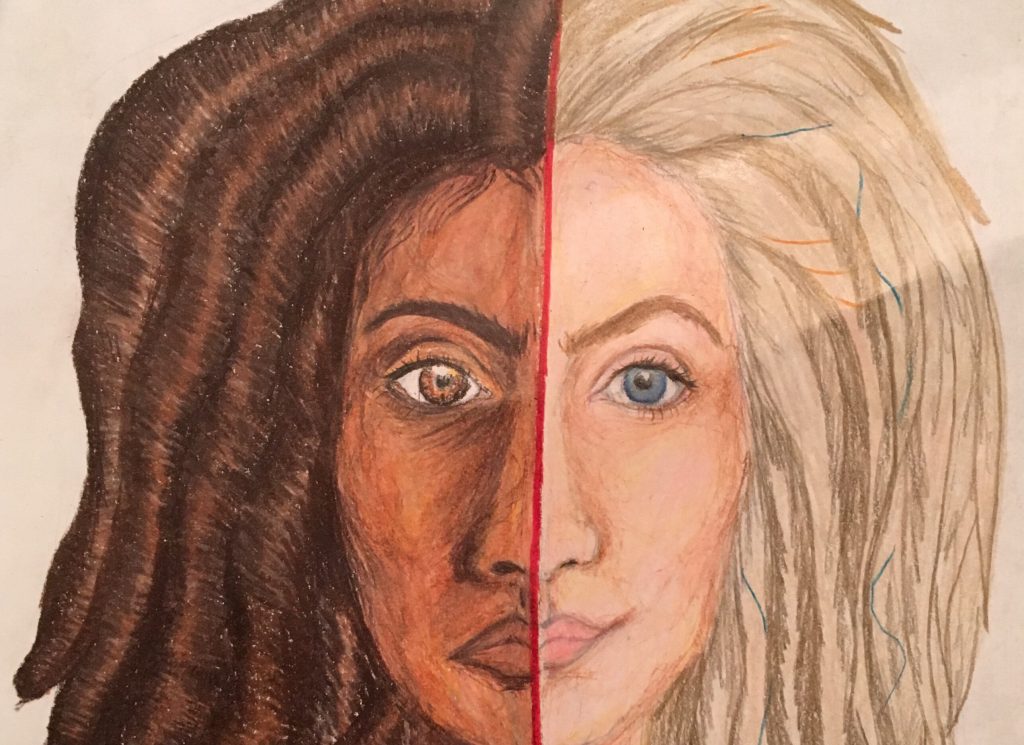Lip fillers, dreadlocks, boxer braids, dabbing, Milly Rock, the Nae Nae. Sound familiar? The vast world of social media, celebrities, and fashion bloggers is constantly searching to find new ways to keep up with modern movements. To become more profitable social figures, these icons try to find other sources of fashion inspiration. So, where do they turn? Often, they look to the cultures of minorities. A source they can pluck from without getting called out by the majority of Americans. However, many white Americans fail to realize that popular dance moves, fashionable hairstyles, and other modern trends originate from people who have been labelled as ‘provocative’ for doing those same things for decades.
There is no question that African-Americans, along with other minorities, continue to endure the struggle of oppression in the United States. The problem, however, does not lie within the act of appropriation itself, but what happens as a result. White Americans are applauded for replicating an attribute that minorities are frequently derided for. So, why is this issue not more widely discussed today? Simply because most Americans are not affected by the appropriation of the culture of minorities.
On February 6, 2015, Cosmopolitan reported that Kylie Jenner, a white American reality star, “showed off her cool new [dreadlocks] in a red-filtered snap on Instagram.” In that same month, Zendaya, an African American and German actress, wore dreadlocks to the Oscars. Immediately following, the ‘Fashion Police’ host, Giuliana Rancic, reacted to her look by saying the biracial celebrity looked like she smelt “of patchouli oil or weed.” This racially and religiously derogatory comment correlates specifically with the integral biases that affect the lives of minorities and should not be taken lightly. However, this is just one of the many examples of cultural appropriation one can find while scrolling their favorite technology platform on his or her phone.
The solution to these issues lies in the hands of the future generations. Future generations must pay homage to minorities and their cultures to prevent appropriation, both intentional and accidental. Also, teaching the difference between cultural appropriation and appreciation is imperative. Certain styles belong to a culture, and there is always a meaningful history behind them. So next time you feel tempted to copy a style of a certain culture, ask yourself: “Is this mine to take?”
Ciara Emmanuel
staff writer
Graphics: Lizzie Benjamin


How can we come together as a society if we alienate certain cultures to only be able to wear/look certain ways. If only Black people can wear dreadlocks then can only white people have blonde hair? “cultural appropriation” is only a buzzword and an ideology that is keeping us divided. Who cares if a white person wants to wear dreadlocks? Who cares if a black person wants to dye their hair blonde? A white guy invented the telephone, so does that mean that only whites can use the phone? No! Because that would be insane. The same logic is being applied to this idea of “cultural appropriation” and its sick. Its causing division and its racist against everyone. Only in 2017 would people be ok with bringing back the ideas of Segregation used during the racist past of the United States.